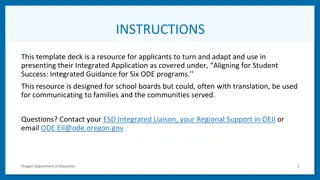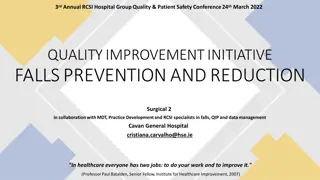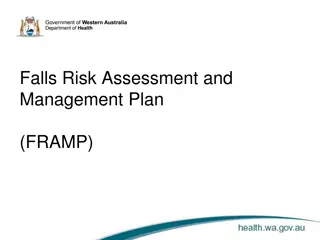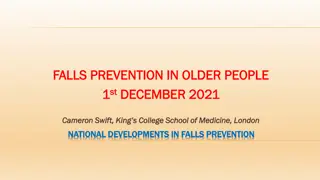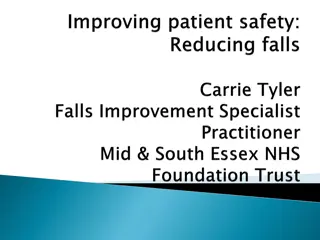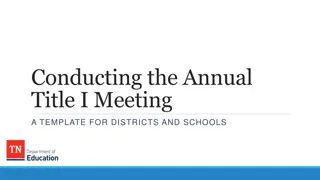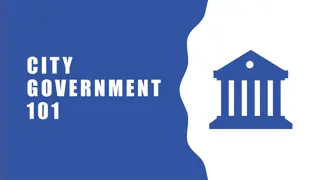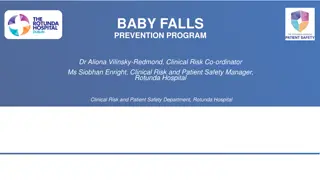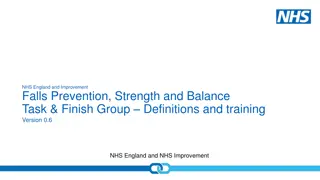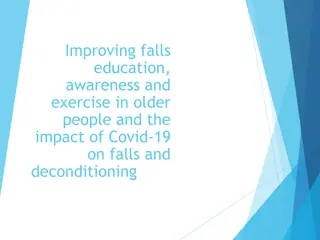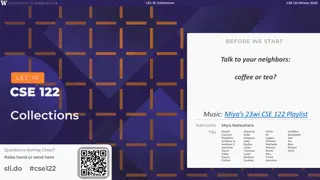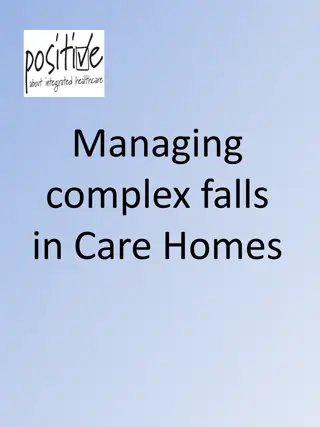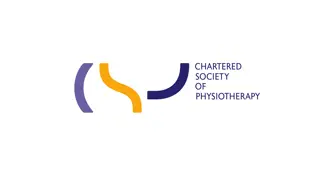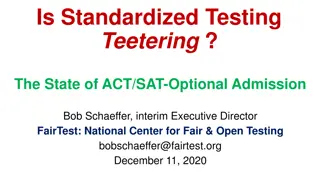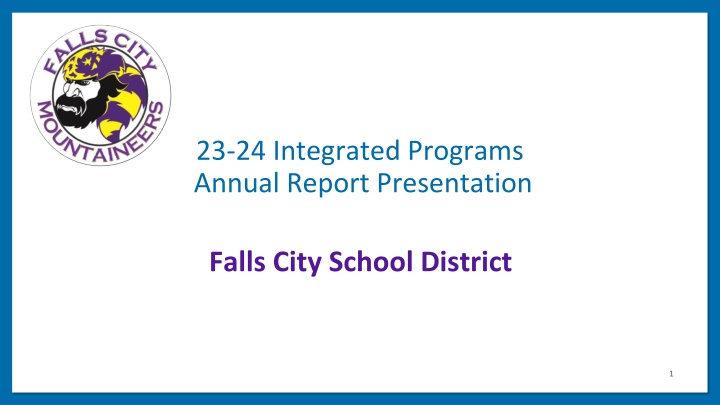
Integrated Programs Annual Reporting Insights
"Explore insights from the annual reports of Falls City School District, focusing on integrated programs, reporting requirements, performance measures, and progress narratives towards outcomes and barriers faced. Understand the impact of progress markers and reflections on achieving Longitudinal Performance Growth Targets (LPGT)."
Download Presentation

Please find below an Image/Link to download the presentation.
The content on the website is provided AS IS for your information and personal use only. It may not be sold, licensed, or shared on other websites without obtaining consent from the author. If you encounter any issues during the download, it is possible that the publisher has removed the file from their server.
You are allowed to download the files provided on this website for personal or commercial use, subject to the condition that they are used lawfully. All files are the property of their respective owners.
The content on the website is provided AS IS for your information and personal use only. It may not be sold, licensed, or shared on other websites without obtaining consent from the author.
E N D
Presentation Transcript
23-24 Integrated Programs Annual Report Presentation Falls City School District 1
Annual Reporting Requirements ODE s annual report consists of two narrative questions (Optional inclusion of Progress Markers) Each quarter, throughout the year, grant recipients have been asked to report expenditures, answer three overall reflection narrative questions, and report on progress markers which will help inform overall progress and annual report. 2
SIA Annual Report Requirements SIA recipients are required by statute to: review their own progress on an annual basis through an annual progress report and financial audit present their annual report to their governing board at an open meeting with opportunity for public comment (cannot be consent agenda item), and post the report to the district or charter school website. If grantee set LPGTs and LOM: In Year 1 of biennium: Affirm progress has been reviewed towards meeting the LPGTs in the grant agreement (Assurance) In Year 2 of biennium: Review actual metric rates compared to previously created LPGT and LOM and share reflection on progress. (Narrative Question) 4
Annual Report Narrative #1 As you review your progress markers/overall reflection responses and reflect on plan implementation, how do you see your progress contributing to the Outcomes and Strategies in your plan and your Longitudinal Performance Growth Targets (LPGT)/Local Optional Metrics (LOM)? The progress markers have been developed to assist all stakeholders, students, staff and community in opportunities to create active data responses. We continue to monitor and tweak as necessary as we analyze delignate data to show that supports are working or not working towards our Longitudinal Performance Growth Targets/Local Optional Metrics. Our data targets are so small that one student can allow us to show significant gains and/or losses. However, we feel like because of our consistent data discussions we can provide evidence of what is working and what is not. 5
Annual Report Narrative #2 Where have you experienced barriers, challenges, or impediments to progress toward your Outcomes and Strategies in your plan that you could use support with? Consistency of systems often get lost because we tend to focus on individual needs. This is one of those blessing and a curse situations . We can make a real impact on individual needs. But we sometimes get bogged down in the finite instead of improving overall systems.. Being careful to not out individual students and families based on focal group status. Sometimes meeting student and family basic needs impacts academic and attendance goals. 6
Progress Markers - For each of the five common metrics, ODE has solidified the use of progress markers. Progress markers are sets of indicators that identify the kinds of changes towards the outcomes expected and desired in action, attitude, practice, or policies over the next four years that can help lead applicants to reaching Longitudinal Performance Growth Targets and the four common goals. Districts are not expected or required to meet all progress markers, only to track changes when investments create or contribute to the changes outlined (as determined by the district). Progress marker reporting is most helpful to districts when they establish consistent ways to review what changes they are seeing in the implementation of their plans Because districts may have already been working in various areas of engagement and academic achievement their starting point for each progress marker may be different. 7


